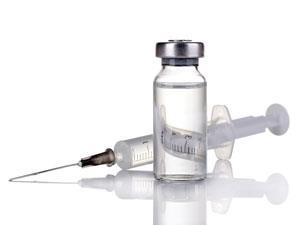The price of developing new prescription drugs in the US has increased 145% since 2003, Tufts data shows
Developing and winning market approval for a new prescription drug in the US takes about a decade and costs approximately $2.6 billion (£1.65 billion), according to data released by Tufts University researchers. The figure represents an increase of 145%, or 8.5% compound annual growth, over an earlier Tufts study from 2003 that estimated drug development costs at just over $1 billion.
The new data is based on estimated average out-of-pocket costs of about $1.4 billion and the expected returns of about $1.2 billion that investors forego while a drug is in development. It is based upon information provided by 10 pharmaceutical companies on 106 randomly selected drugs that were first tested in human subjects across the globe from 1995 to 2007.
The Tufts team suggested that out-of-pocket clinical costs have likely jumped because of factors including increased clinical trial complexity, larger clinical trial sizes, greater focus on targeting chronic and degenerative diseases, as well as testing on comparator drugs to accommodate demands for comparative effectiveness data.
The US Biotechnology Industry Organization said the study confirms that drug development is growing more expensive, complex and risky each year. In fact, the group noted that US spending on R&D by public biotechnology companies climbed 20% last year, outpacing revenue growth.












No comments yet